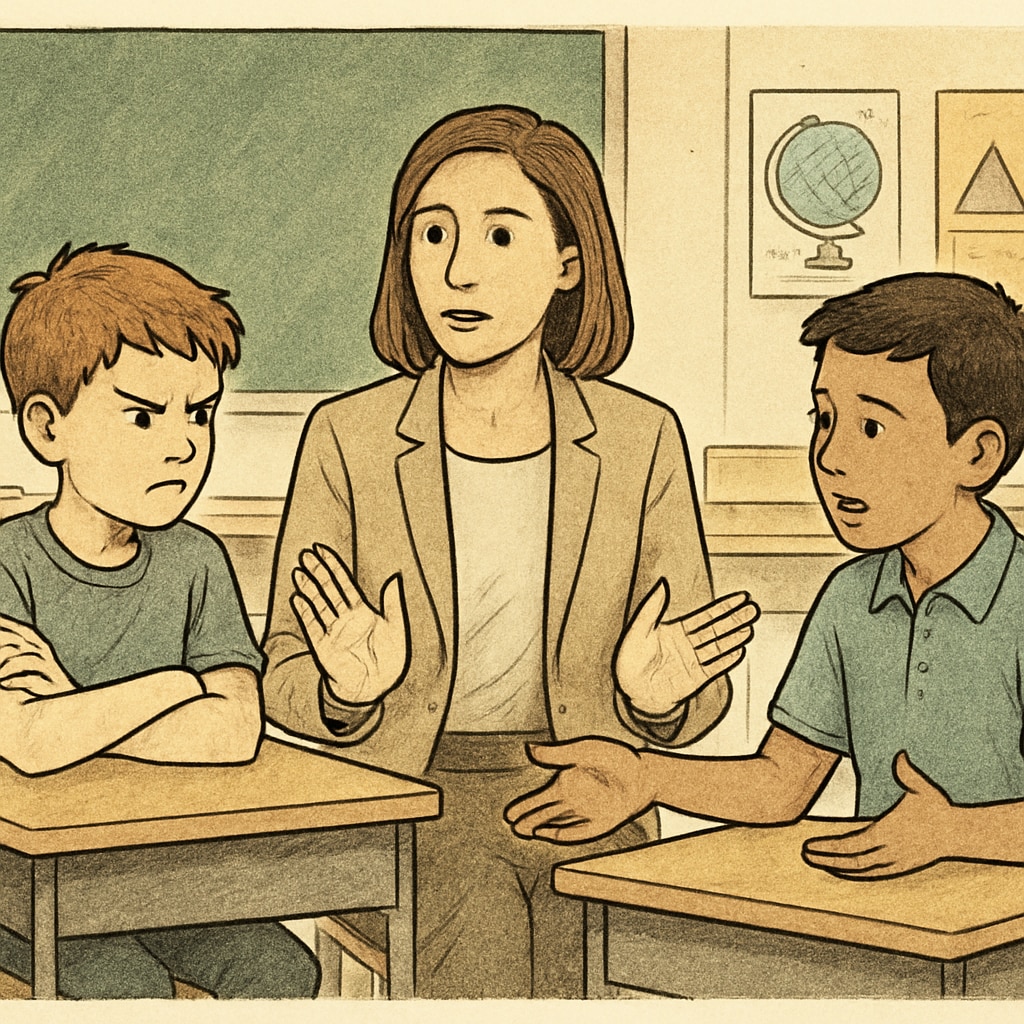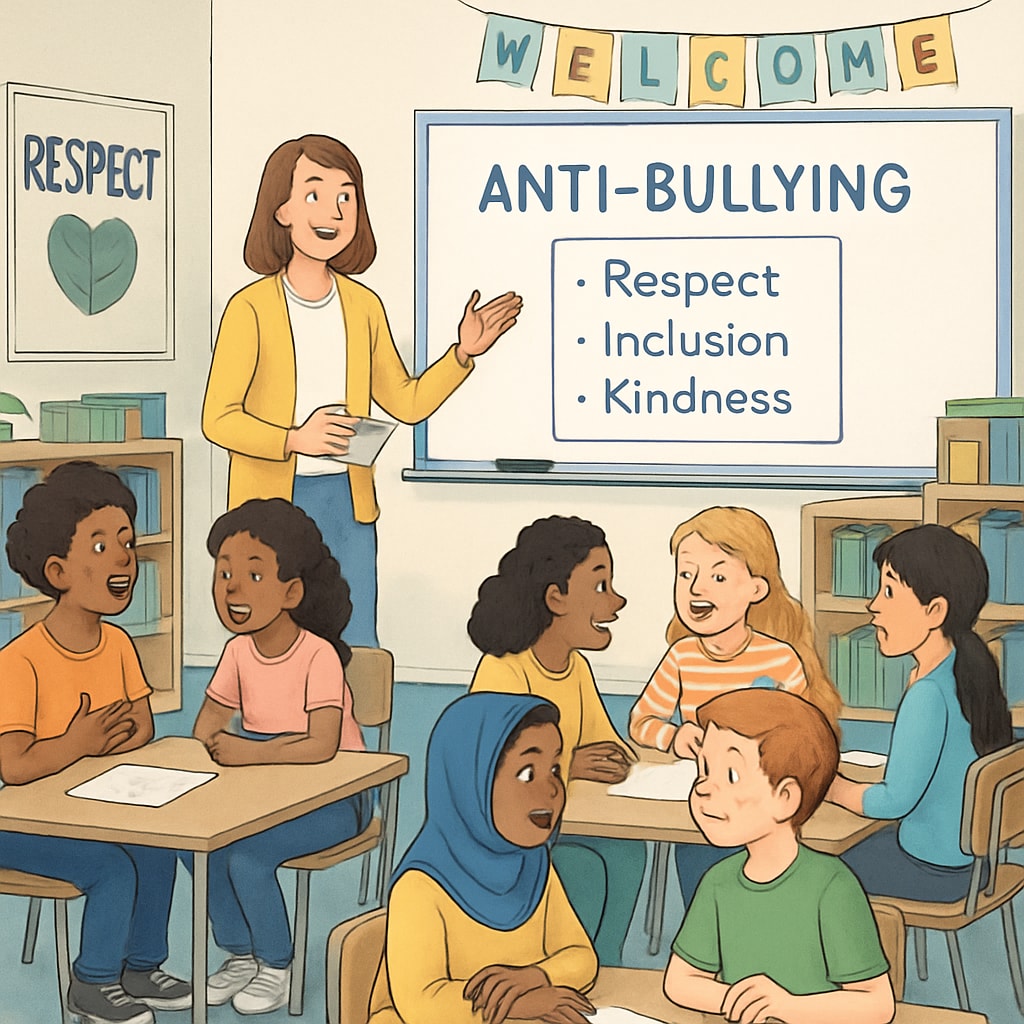School bullying, educational management, and behavior delineation are pressing concerns that demand attention from educators, policymakers, and parents alike. Identifying bullying behaviors and creating an ideal framework to combat them requires a blend of empathy, strategic planning, and decisive action. In this article, we explore an ideal, unrestricted approach to handling school bullying effectively, from prevention to intervention, to ensure that schools remain safe spaces for all students.
Understanding the Line Between Bullying and Normal Developmental Behavior
To address school bullying effectively, it is crucial to distinguish between bullying and normal developmental behaviors. Bullying involves repeated, intentional actions aimed at causing harm or distress. These actions can be physical, verbal, social, or even digital (cyberbullying). On the other hand, normal developmental behaviors, such as occasional arguments or misunderstandings, lack the persistent and intentional nature of bullying.
Educators must be trained to recognize these distinctions, as mislabeling normal behaviors as bullying can dilute the seriousness of the issue. Clear behavior delineation ensures that intervention strategies are appropriately targeted and effective.

Proactive Measures: Prevention as the First Line of Defense
Prevention is the cornerstone of any effective strategy against school bullying. By fostering a positive school culture, educators can reduce the likelihood of bullying behaviors emerging in the first place. Here are some proactive measures:
- Comprehensive Anti-Bullying Policies: Schools should draft and enforce clear, zero-tolerance policies against bullying. These policies must include definitions, reporting mechanisms, and consequences for bullying behavior.
- Social-Emotional Learning (SEL): Incorporating SEL programs into the curriculum can help students develop empathy, self-awareness, and conflict-resolution skills.
- Teacher and Staff Training: Educators must receive regular training to identify, prevent, and address bullying effectively.
- Student Awareness Campaigns: Interactive workshops, role-playing activities, and awareness campaigns can empower students to recognize bullying and intervene safely.
By integrating these measures into daily school life, educators can create a culture of respect and inclusion.

Intervention Strategies: Addressing Bullying When It Occurs
Despite preventive efforts, bullying may still occur, and timely intervention is critical. The following steps form an ideal intervention strategy:
- Immediate Action: Teachers and staff must intervene immediately when they witness bullying. Quick action demonstrates that such behavior will not be tolerated.
- Support for Victims: Schools must provide victims with emotional support, counseling, and reassurance. It’s essential to create a safe space for them to share their experiences.
- Restorative Justice Approaches: Rather than solely punishing the bully, restorative practices focus on repairing harm and fostering understanding between the parties involved.
- Parental Involvement: Open communication with the parents of both the victim and the bully ensures a unified approach to addressing the issue.
- Ongoing Monitoring: After the initial intervention, the situation should be monitored to ensure that bullying does not recur.
This multi-tiered approach ensures that both victims and perpetrators receive the support they need to move forward positively.
Building a Sustainable Framework for Long-Term Success
An ideal anti-bullying strategy must also focus on the long-term sustainability of its framework. This includes:
- Periodic Policy Reviews: Anti-bullying policies must be revisited and updated regularly to address emerging trends, such as cyberbullying.
- Data-Driven Insights: Schools should collect data on bullying incidents to identify patterns and assess the effectiveness of their strategies.
- Community Engagement: Collaborating with local organizations and mental health professionals can provide additional resources and perspectives.
- Encouraging Student Leadership: Empowering students to take leadership roles in promoting kindness and inclusion can have a significant impact.
By embedding these elements into the school’s culture, educators can ensure lasting change.
Conclusion: A Vision for Safer, More Inclusive Schools
School bullying, educational management, and behavior delineation are interconnected challenges that require a comprehensive and ideal approach. By focusing on prevention, timely intervention, and long-term sustainability, educators can create schools that are truly safe and inclusive for all. As we work toward this vision, the collective effort of teachers, parents, students, and the community will be key to breaking the chains of bullying and fostering a culture of respect and empathy.
Readability guidance: This article uses short paragraphs, clearly defined sections, and lists to enhance readability. Transition words and varied sentence structures ensure a smooth reading experience. The content is designed to balance professional insight with accessibility for a wide audience.


